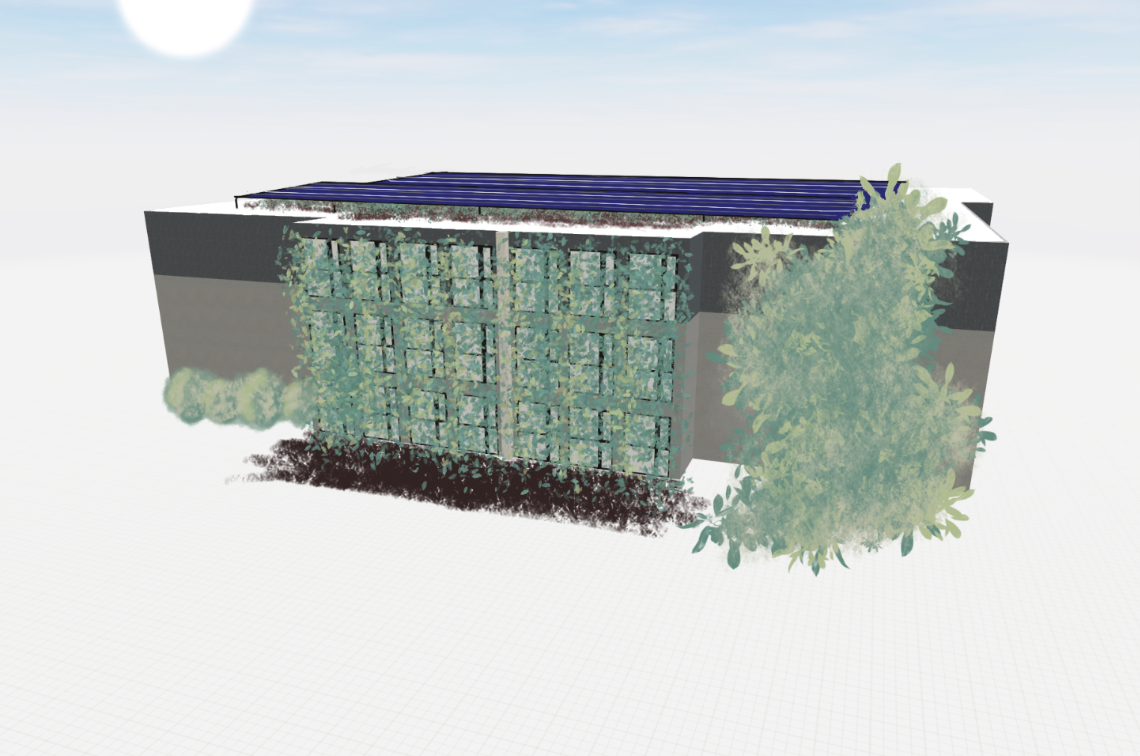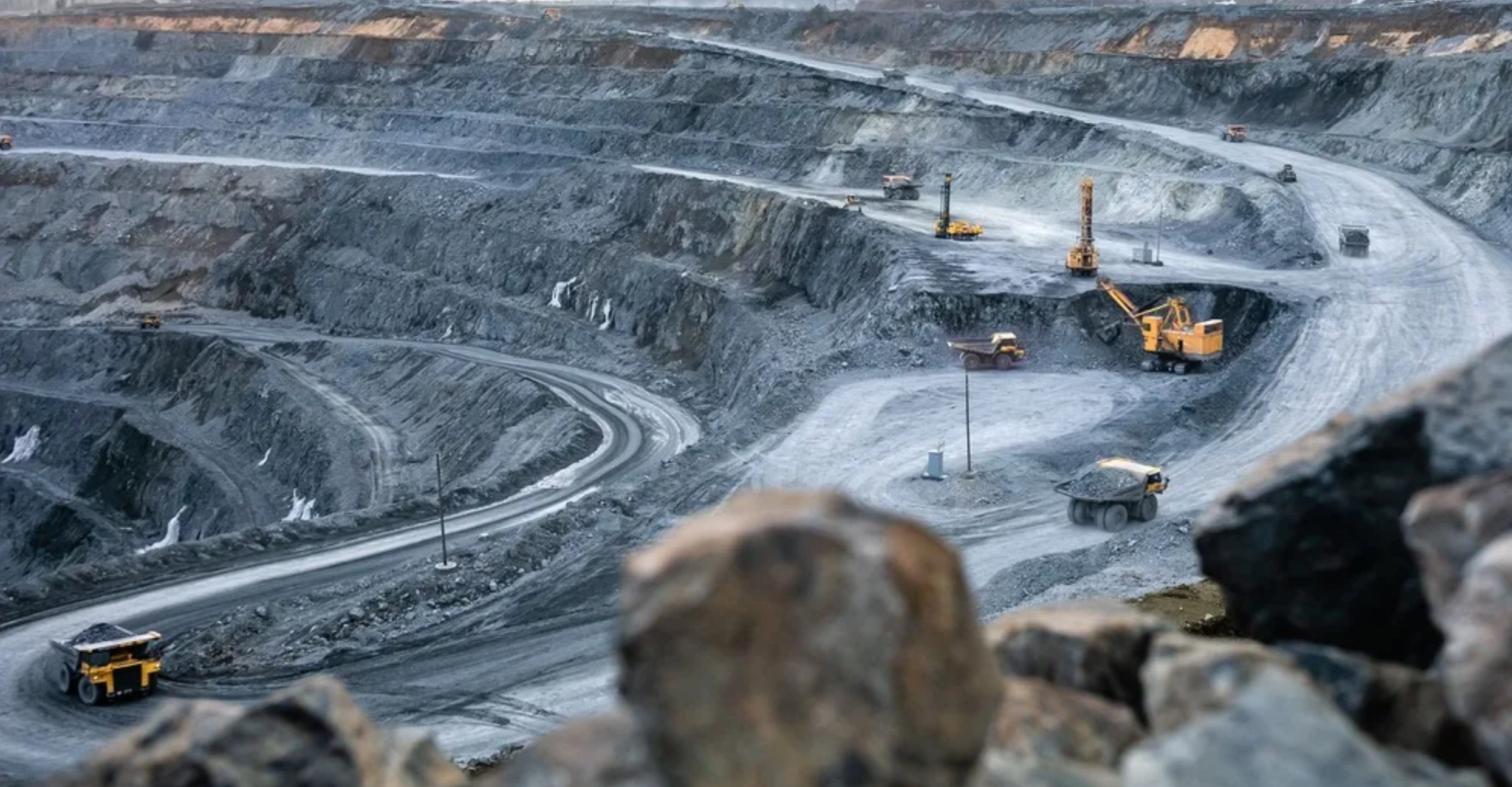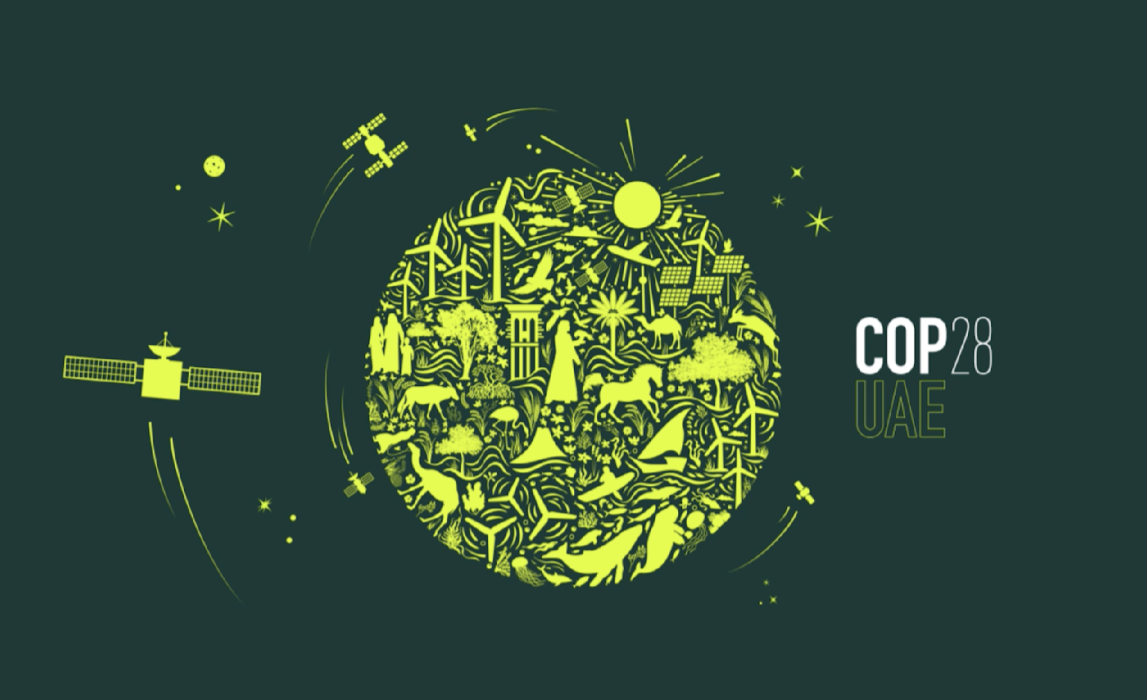By Mari Gonzales, Year 12
Summer classes at midday in the Salève building are no joke – especially on the top floor. The rooms are hot and stuffy, the chairs sticky and uncomfortable, and there are never enough fans to go around. The sweltering conditions are only going to get worse for more days of the year.
When students or teachers complain, the only thing you can really do is close the blinds, spritz some water, or steal the fan from another class. But there has to be a better way to deal with excessive classroom heat, right?
Over the course of the last several months, Ecolint’s LGB EcoCREW has been busy tackling this issue, weighing the pros and cons of every option, and considering the achievability of actually implementing an effective solution to the problem. Year 12 EcoCREW students Mari Gonzales and Michael Botti have presented their analysis to the Board of the International Baccalaureate Organization and are currently busy finalising a proposal for Ecolint’s Administration and donors to consider. EcoCREW meets every Thursday at lunchtime and the faculty advisor is Mr. Jan Dijsktra.
Solution 1: Green Vertical Wall
Our first option to minimise heat buildup indoors would be making use of a Jakob Rope or Rod Green Wall system. This could be installed on the Southern building wall which faces the car park, as this is a primary source of direct sunlight heat gain. These wall systems make use of stainless steel rods installed across the facade of the building on which a variety of climbing plants such as Clematis, Vines, and Espalier fruit can grow. The installation of this green living facade could reduce not only cooling energy in the summer, but also heating energy in the winter by up to 51% and 16.5% respectively. It would also help to mitigate the Urban Heat Island effect by up to 5°C, resulting in a cooler and more productive learning environment within the Salève classrooms. Additionally, the plants would sequester carbon dioxide from the air, and create a more pleasant and aesthetically pleasing environment for students and faculty.
Solution 2: Green Roof and Solar Panels
Our second option is basically a horizontal version of the green wall, but instead planted on the roof. This rooftop garden would help to passively cool the building, while increasing biodiversity, sequestering carbon dioxide, and becoming a hub for pollinators such as bees.
Additionally, solar panels could be installed alongside the plants. While these may not help to reduce temperatures in the building, they would be a good way to provide sustainable and clean energy to power heating and cooling within the building. The solar panel system would also be a great source of energy and environmental data that could be incorporated into STEM curricula. The green roof and solar panels could also become an outdoor learning laboratory.
Solution 3: Solar-Reflective White Roof Paint
As of 2020, the scientists at Purdue University have created “the whitest of all white paints”. But what does that even mean? Isn’t white just white? Aboslutely not! While most white paint used in the construction industry reflects only 80-90% of heat away from a surface, this ultra-white paint reflects 98% of heat. And while the difference doesn’t seem all that dramatic, the effects on the building and its surroundings are. When applied to the roof of a building, this highly reflective paint can reduce air conditioning needs by up to 40%, reducing the surface temperature of the building by 4°C during the day compared to surrounding air and 10°C at night. This would help to reduce interior temperatures during the summer by reflecting more sunlight and heat back into the atmosphere.
As the planning and proposals take further shape we will update you on EcoCREW’s progress!



